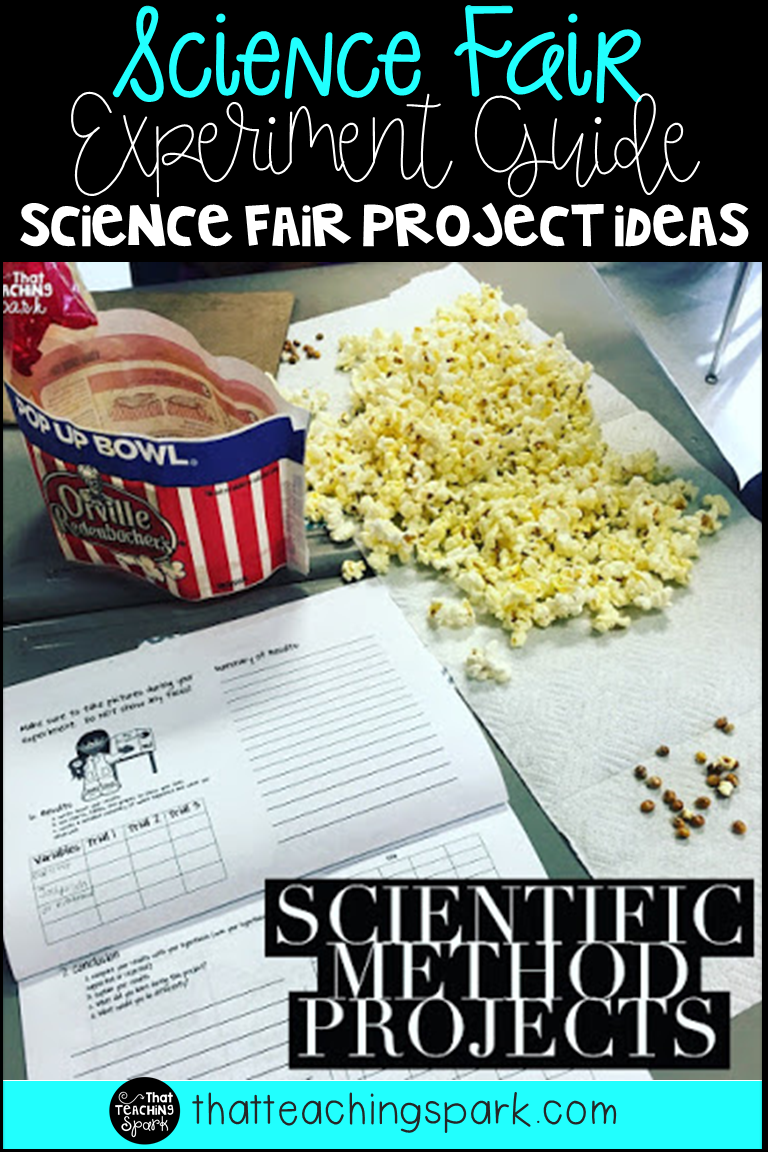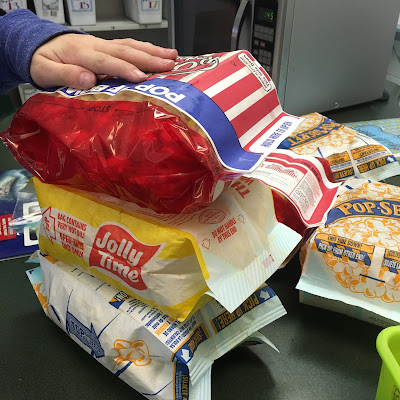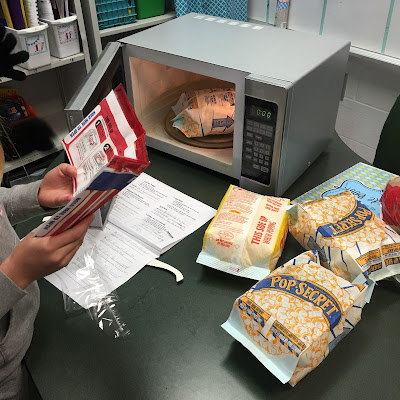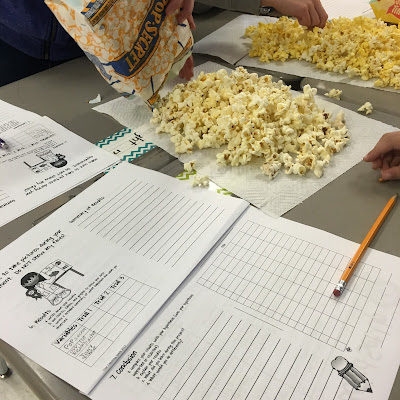I don't know about where you live, but I have seen many people's posts about having snow days! I live in Phoenix, and it has been in the 70s! Now I do enjoy the warm weather, but at the same time I think that I would enjoy having a snow day every now and then. As a way to make up for the fact that we don't miss school for school days I have brought snow days to my classroom! In this post you will find five ideas of things that you can do in your classroom to enjoy a snow day! This post does contain an Amazon affiliate link.
Having a fun craft is a great way to show your students how they are all unique and different. I enjoy this project because I give the students the gloves, hat and arms, but then they can create the rest of their snowman. They are able to add their own faces, scarves, buttons and they all turn out so cute! I used leftover Christmas wrapping paper to hang the display, with a cute poem from Adventures in a First Grade Jungle in the middle!
Another awesome hallways display is a snowman glyph! I love these because they again are personalized to each student, but allow them to show their creativity! Then you can have the students graph the results as well so they can show that they know how to read a glyph also. You can grab it FREE from TPT here.
During math centers my students get to build a snowman by answering various questions to gather parts of the snowman. I hang the different task cards around the classroom so they are able to get up and move around. Moving around is one of my favorite parts of any station, so that way they are not constantly sitting in their seats, but get to get their wiggles out while they are working on things!
Tying writing into your snow day is a great way to practice a procedural writing! Students can explain how they build a snowman in four easy steps! They can personalize this by saying what they would do to make their snowman unique or what they would add to their snowman. You can grab this awesome writing foldable from The Creative Classroom.
Having a snowball fight in the classroom with these awesome snowballs from Amazon would be a great way to have some fun and get exercise during your snow day. You could use these to play dodge ball and it wouldn't hurt your students. Another snowball fight I played during math class was having students write a math problem on paper. Then we crumbled up the paper and they threw them across the classroom. They then answered the questions on their recording sheet and it was another way to practice their math facts. You could do this with any task cards or math concepts that you are reviewing at the time.
























